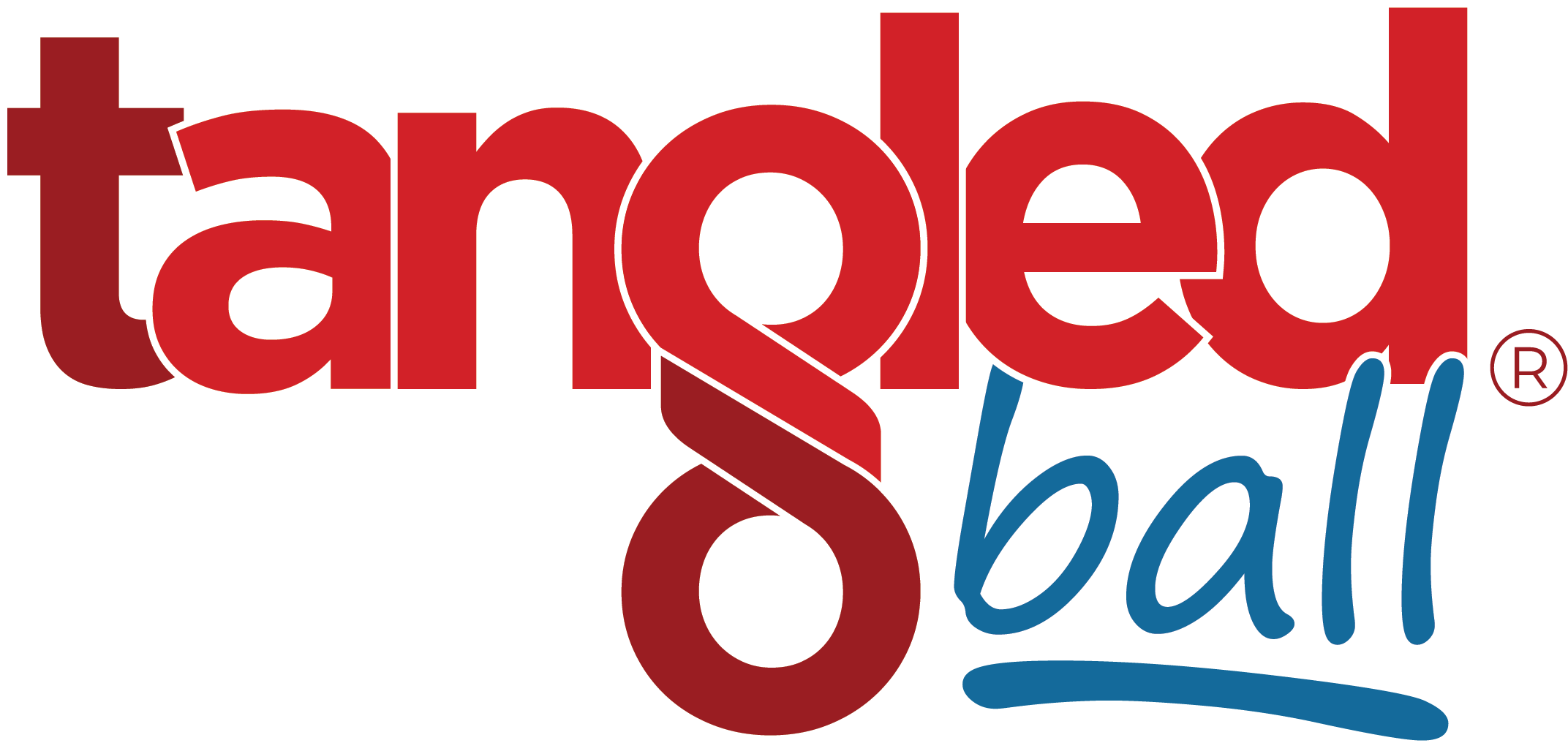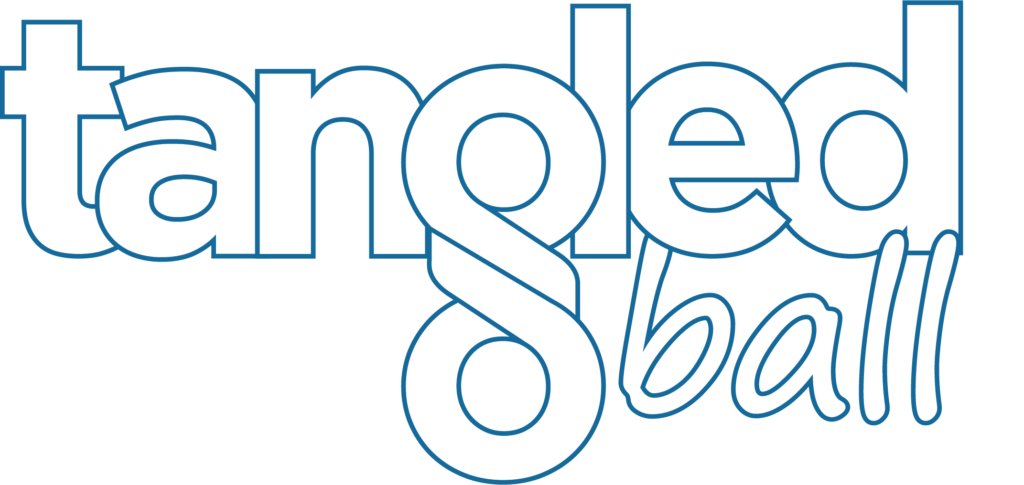The reason I invested so much of my time in The Bully Project in it’s development stage is because I feel strongly that people need to see the problem in order to fix the problem. Bully allows us to see and feel a child’s pain and now we need to do something about it.
My goal is to share info on good tools and resources for homes and schools so that after the movie leaves the theaters and the press around the issue dies down, you’ll have what you need to make a difference.
I’ve been following the “No Such Thing As A Bully” campaign for a while. Founders Kelly Karius and Ron Graham have a compelling approach. Their tag line is Shred a Label, Save a Child. They clearly focus on the behavior and allow children to grow in the process. They feel that so much can be accomplished through skill building. It’s one thing to tell a child to not to bully — or to stick up for themselves — or step up for one another, it’s another to train them how to do those things.
Check out their resources. The introduction to the parent’s resource guide says that it’s a lifetime resource. Bravo Kelly and Ron. This is a lifetime issue and in just recognizing that fact alone and helping a child develop lifetime skills, gives me hope.
I’ve never met Ron but have talked to Kelly several times and follow her on Facebook. She has great perspective and (thank, God!) a sense of humor, but she got serious when talking about their new No Such Thing As a Bully program:
What inspired you to create your own bullying prevention program?
When I was a brand new social worker, I was asked by 20 sets of parents to advocate for their children, who they felt were being bullied by an adult in the school. What I lived for the next two years astounded me. I saw bully actions in every level of the school, from students, to adults, to bureaucracy, to government. I saw a lack of skills like listening, problem solving, negotiating, empathizing, and understanding. It made me realize that we can’t focus a resolution to bullying on what we think kids need to learn. Walk away, ignore and tell someone….those are tools that only work if the adults around children have a certain skill set. I saw the need for a program that was not only comprehensive, but also easy to use and integrate into every day life.
What is at the core of the program?
The bystander is at the core of this program. Which means every child. When I talk to students I don’t seek to find out who the ‘bullies’ and the ‘victims’ are. I seek to encourage children to become strong bystanders. I tell them, “It doesn’t matter if you’ve used bully actions, or been on the receiving end of bully actions. It’s time for a clean start. You are all BYSTANDERS, and I’m going to teach you how to be good bystanders. The program is about skill building, self knowledge and self regulation. When we (adult AND child) can recognize a bully action and feel strong enough to step up and say “Hey, it’s not okay to treat (her, him, me) like that”, then we’re well on the way to solving the problem. The other core part of the program is skillbuilding. When anyone is able to communicate well, manage their fight or flight reaction, balance their thinking and build their own confidence then they are less likely to use bully actions or victim responses, and more able to stand up for others.
What are students getting from it and were you surprised by anything that came out of the program that you didn’t expect?
I’ve been planning really well for this, so there aren’t too many surprises, but there are a lot of things that I love. When we piloted our first Community Immersion (a whole week in a school!), the kids were incredible. I love the girl that came up to me and said “Look! Here is my list of 30 ways that I’m going to use the anxiety equation!” I loved teaching for three days, and then hearing the bullying prevention team that was being created use the words “bully action” and create role plays that focused on being a great bystander – without my help. I loved the final assemblies where hands went up and up and up about what they’d learned over the week. I loved hearing children say “I don’t have to believe the negative things I think about myself.” The screaming applause at the end – THAT was a surprise. I appreciated that for myself because it meant they liked me, but I appreciated it even more because it meant that the kids accepted and needed the material.
And best of all, in follow-up with the school, I know the material is being incorporated into the classrooms, the lessons plans, and one-on-one with students. The solution isn’t in the one time appearances. It’s in our every day.
So true, Kelly. IT’S IN OUR EVERY DAY.






